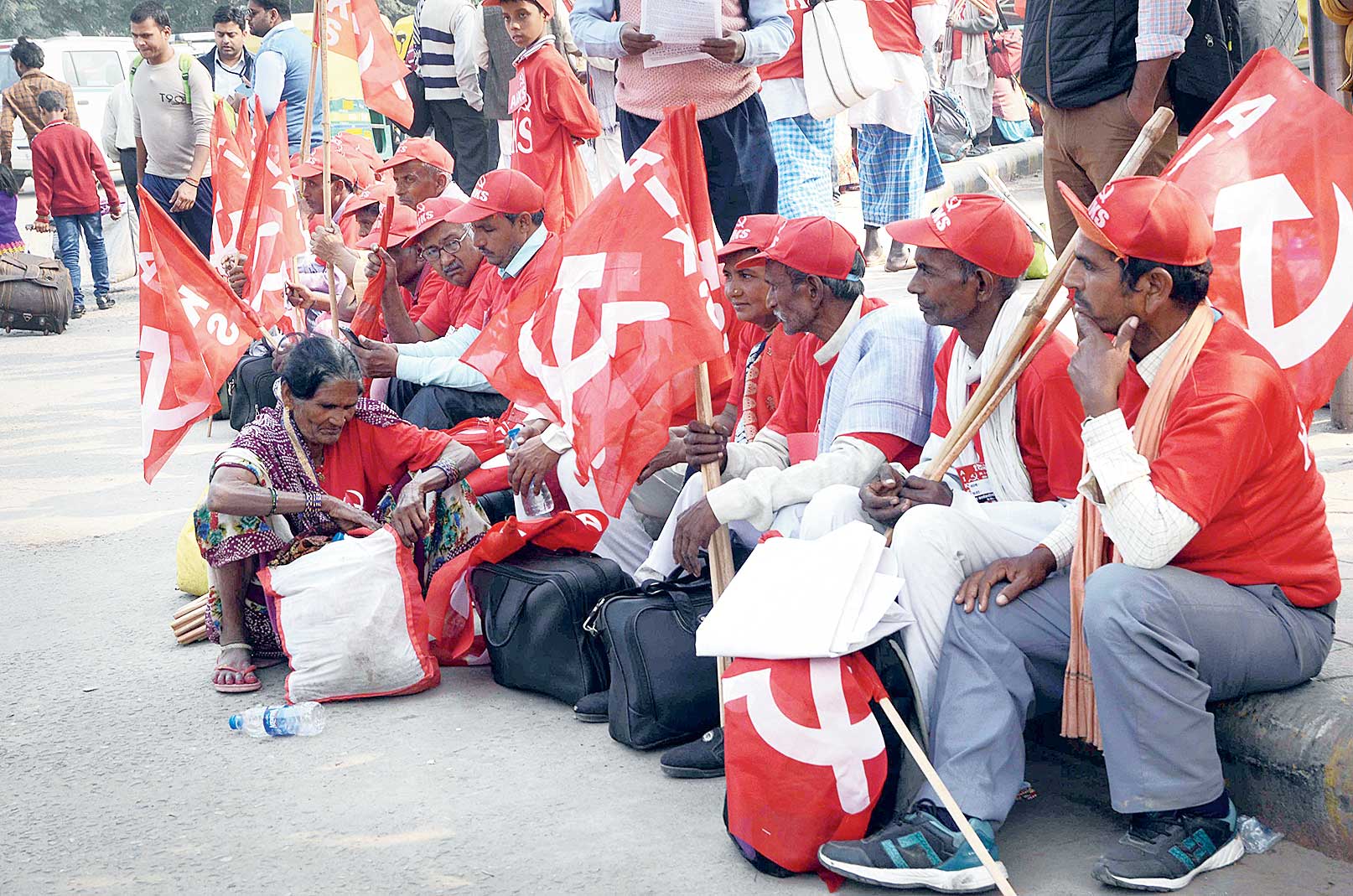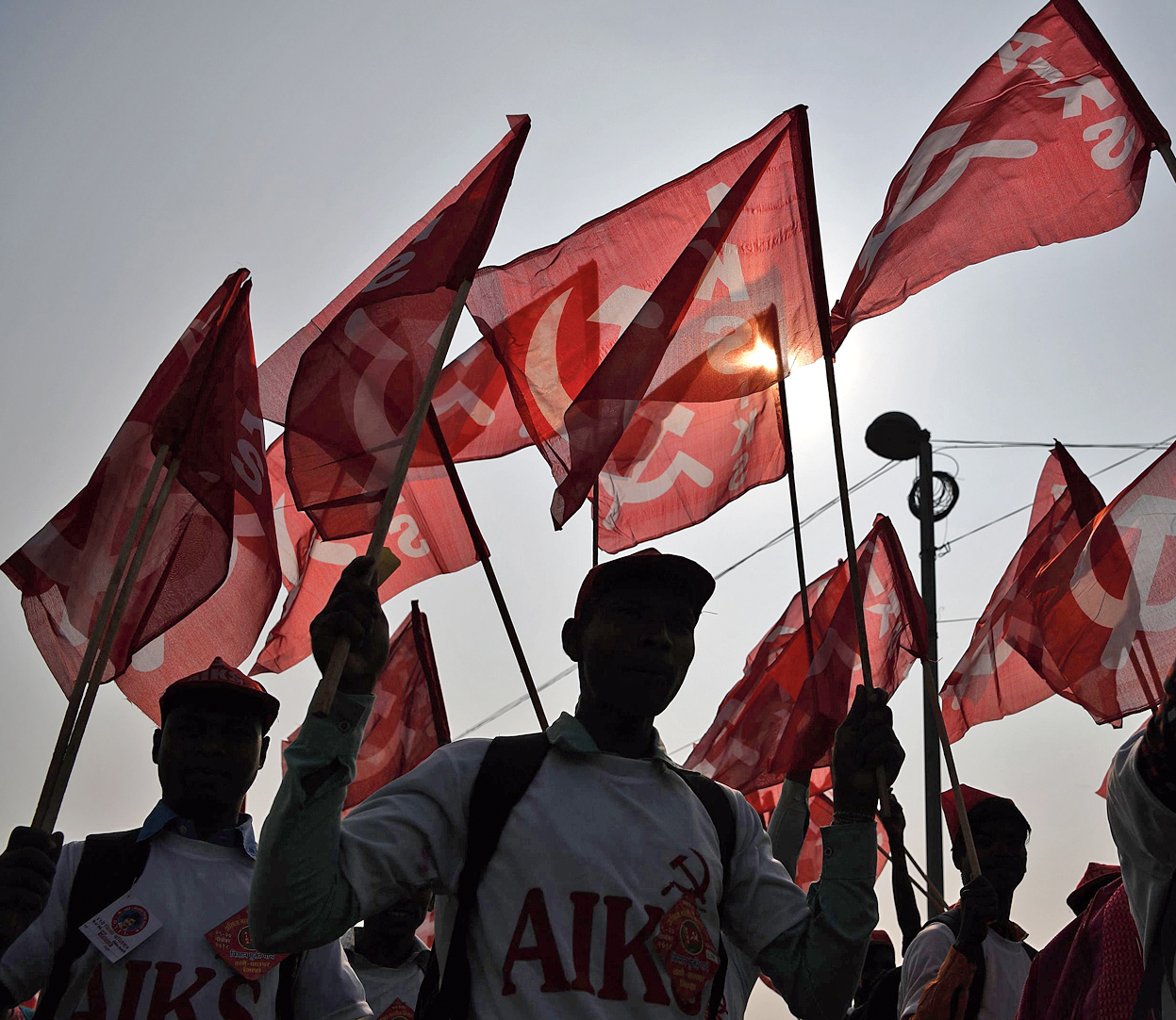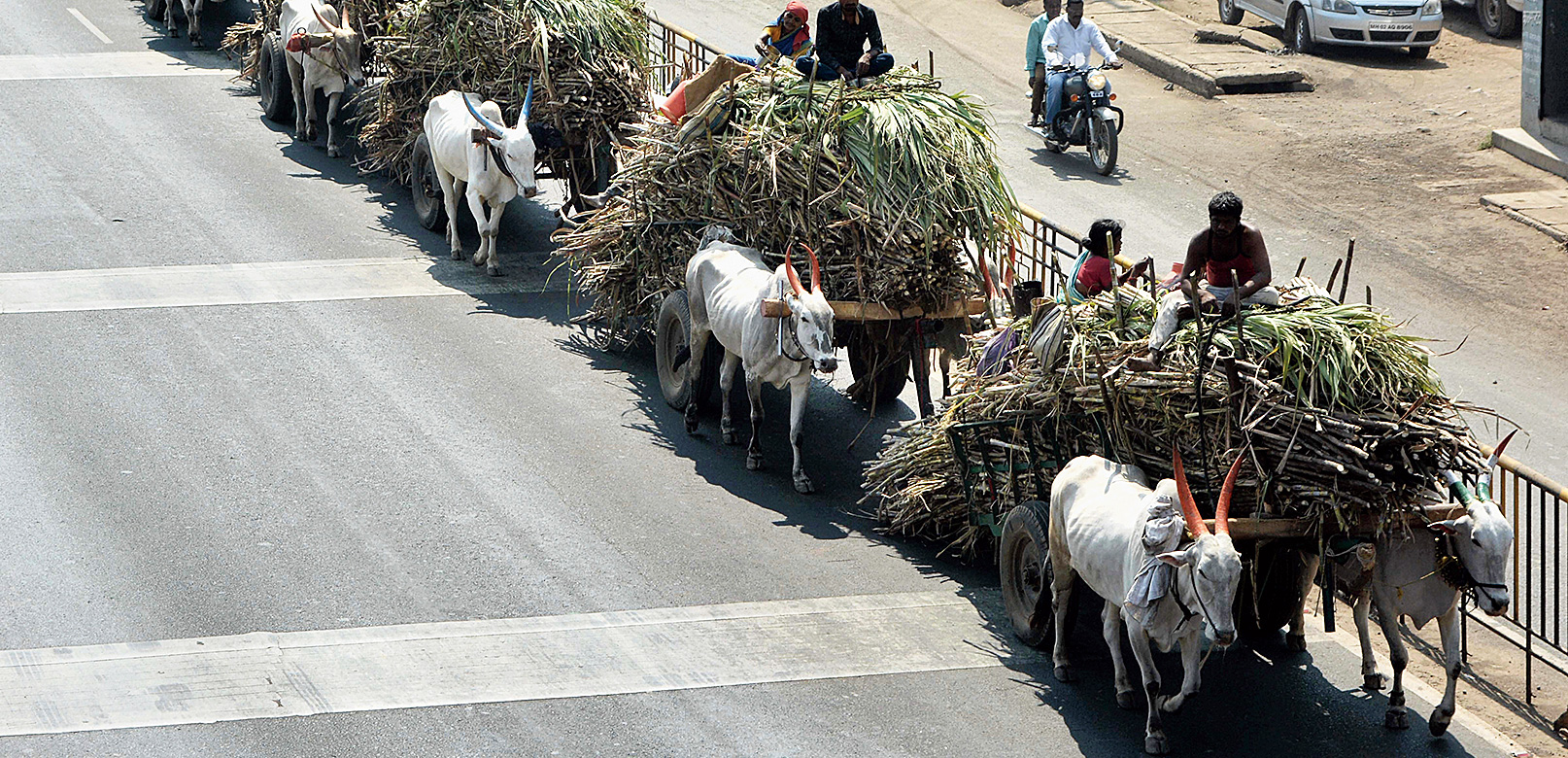It is evident from the recent farmers’ protests that the economic hardship in the agricultural sector has become acute. Some fresh evidence from the Labour Bureau and Central Statistics Office provides additional data about the slowdown and the fact that rural distress goes beyond farm incomes. Non-farm rural incomes have also been adversely affected with slower wage growth and the lack of new jobs during the past five years. Rural wages grew 3.8 per cent year-on-year in December 2018. Annual wholesale inflation was minus 0.07 per cent for food items and 4.45 per cent for non-food items during that month. With farm prices depressed, the situation was bad for daily workers without land, as well as for small and marginal farmers whose incomes kept falling. In December 2018 year-on-year basis, the rate of growth of rural wages was 3.84 per cent. Consumer price inflation was 1.5 per cent. Hence the inflation-corrected real wage growth was a meagre 2.3 per cent. During the period 2014 to 2018 the average year-on-year growth was 4.7 per cent. With average inflation at 4.2 per cent, the real wage grew at only 0.5 per cent. During the United Progressive Alliance government’s rule (2009-2013), money wages grew at 17.8 per cent and inflation stood at 11.1 per cent. The real wage growth rate turned out to be 6.7 per cent. The slowdown, therefore, has witnessed a stark decline in the growth of real income for farmers from 6.7 per cent to 0.5 per cent.
In the case of main non-farm rural occupations for skilled workers such as carpenters, blacksmiths, masons and plumbers, the year-on-year wage growth has lagged behind the overall increase in wages at 4.68 per cent in three out of the last five years. For the skilled workers it stood at around 4.3 per cent in money terms. The crisis in incomes and jobs in rural India has spread from farm to non-farm occupations. This evidence comes at a time when the promise of the prime minister to double all farm incomes by 2022 was supposed to bear discernible results. Yet, what the current distress signals is a disaster in rural India that the economy has not witnessed in a very long time. The election results may or may not reveal the true reactions of the farmers and rural workers. It depends on how many can and do vote during the next two months.












